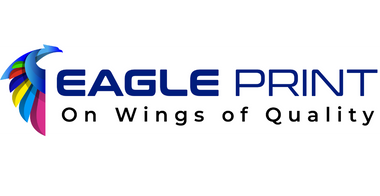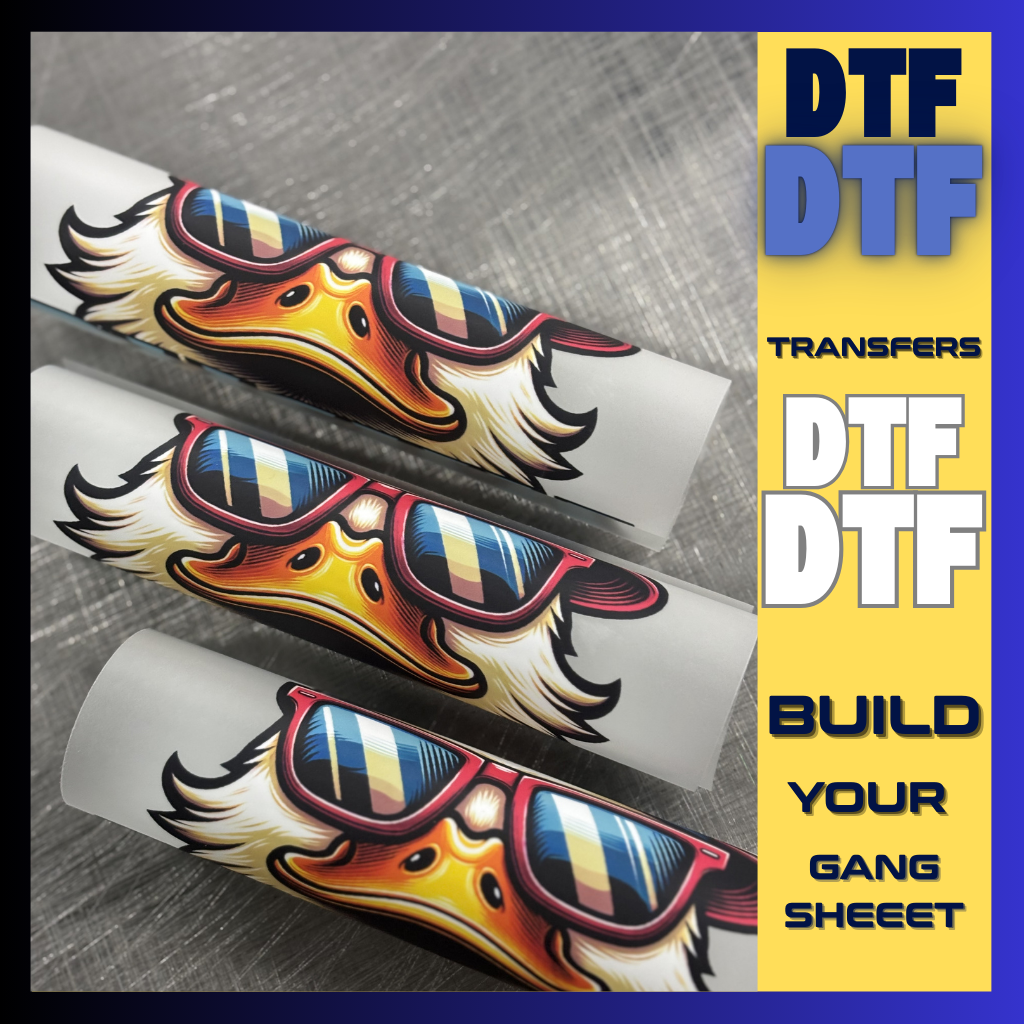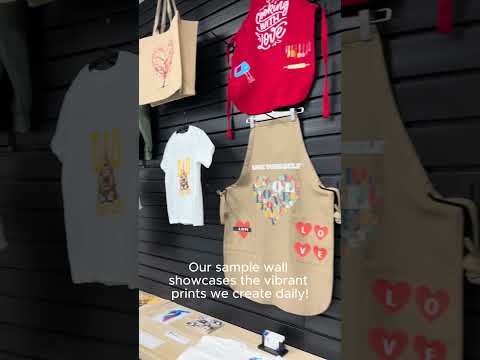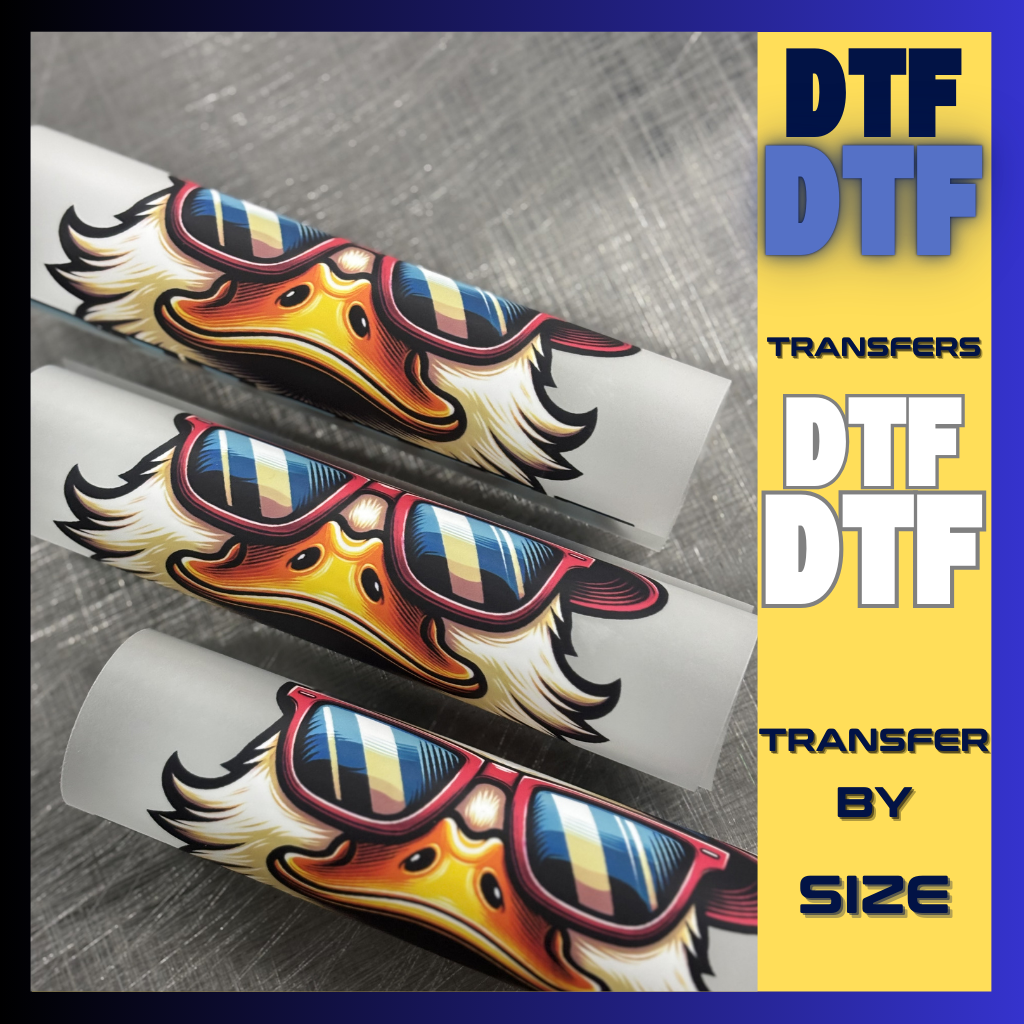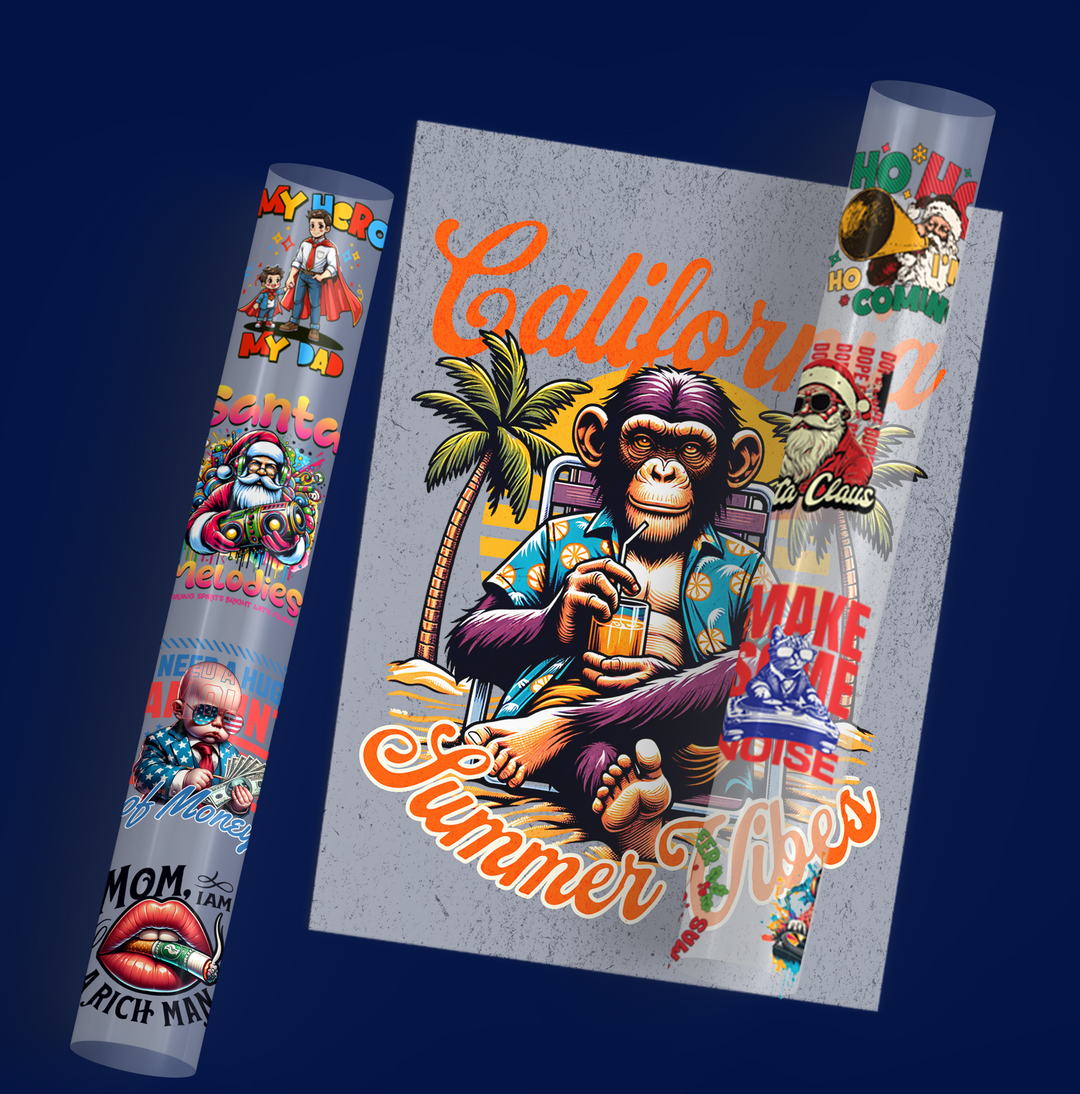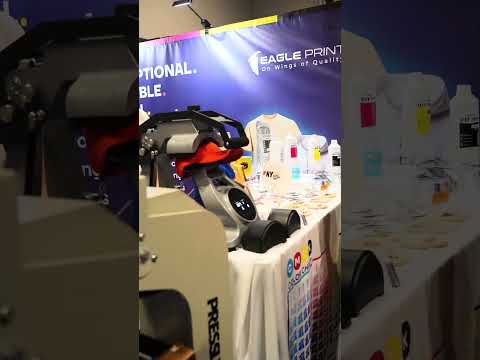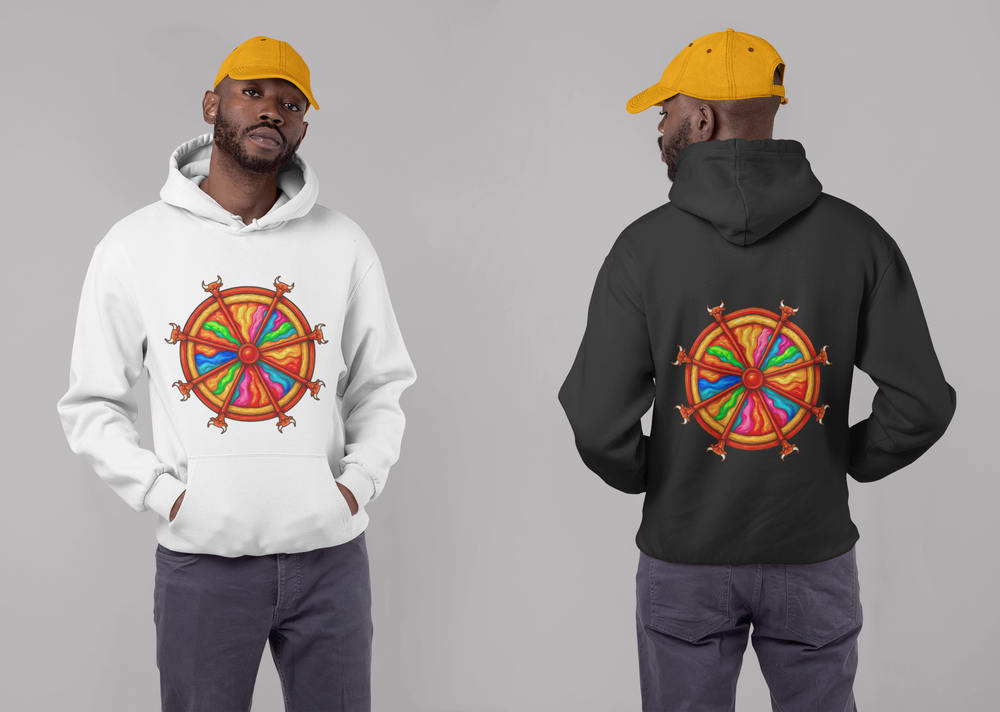The Ultimate Guide to DTF Transfer for Heat Press
In the world of custom garment printing, DTF (Direct to Film) transfer is gaining popularity for its versatility, durability, and vibrant results. When paired with a heat press, it becomes the perfect method for transferring high-quality designs onto various fabrics. Whether you’re new to DTF transfers or an experienced printer, this guide will help you understand everything about heat press for DTF transfers.
What Is DTF Transfer?
DTF transfer, or Direct to Film transfer, is a printing method where designs are printed onto a special PET film and transferred onto fabric using a heat press and adhesive powder. Unlike screen printing or heat transfer vinyl (HTV), DTF transfers are highly versatile and compatible with a wide range of fabrics.
For a deeper understanding of printing methods, you can visit the Wikipedia page on printing.
Why Use a Heat Press for DTF Transfers?
A heat press is essential for applying DTF transfers because it provides consistent heat and pressure, ensuring the design adheres to the fabric properly. Using a household iron simply won’t deliver the same results. With a heat press, you get:
- Even Heat Distribution
- Accurate Temperature Control
- Consistent Pressure
How to Heat Press DTF Transfers
Follow these steps to properly heat press a DTF transfer onto your garment:
-
Prepare the Garment
Ensure the hoodie, t-shirt, or fabric is clean and wrinkle-free. Pre-press it for 5 seconds to remove any moisture. -
Position the DTF Transfer
Place the DTF heat transfer ready to press design on the garment with the printed side facing down. -
Set the Heat Press
Recommended settings for DTF transfers:- Temperature: 300-320°F (149-160°C)
- Time: 10-15 seconds
- Pressure: Medium to firm
-
Press and Peel
Press the design using a heat press for DTF transfers and peel the PET film when it cools down. -
Re-Press (Optional)
For added durability, re-press the design with a Teflon sheet for 5-10 seconds.
Best Heat Press for DTF Transfers
Choosing the right heat press is crucial for achieving professional-quality results with DTF transfers. Here are some top features to look for:
- Even Heat Distribution
- Adjustable Pressure Settings
- Large Platen Size (at least 15x15 inches)
- Digital Temperature and Timer Controls
For some of the best heat press options, check out Eagle DTF Print’s collection.
Why DTF Transfers Are Perfect for Heat Press
-
Wide Fabric Compatibility
DTF transfers work on cotton, polyester, blends, and more, making them ideal for various garments. -
Vibrant Colors and Details
The pigment-based inks used in DTF transfer printing offer photo-quality designs with vivid colors and sharp details. -
Durability
DTF heat transfers ready to press are designed to withstand multiple washes without cracking, peeling, or fading. -
Eco-Friendly and Efficient
Water-based inks used in DTF are environmentally friendly, and the process is faster than traditional screen printing for smaller batches.
Common Mistakes When Heat Pressing DTF Transfers
-
Incorrect Temperature or Time
Ensure you use the right settings for your heat press. Too much heat can scorch the fabric, while insufficient heat can result in poor adhesion. -
Uneven Pressure
Adjust your heat press to apply consistent pressure across the entire design. -
Peeling the Film Too Early
DTF transfers are usually peeled cold. Peeling too soon can cause the design to lift.
Equipment Needed for DTF Transfers with Heat Press
To get started with DTF transfers and heat pressing, you’ll need:
- DTF Printer: For printing designs onto PET film.
- PET Film: The carrier film for your design.
- Hot-Melt Adhesive Powder: Ensures the design adheres to fabric.
- Heat Press Machine: Essential for applying the transfer.
- Curing Oven or Heat Gun: For curing the adhesive powder.
You can find high-quality DTF printers, adhesive powder, and heat presses at Eagle DTF Print.
How to Choose the Best Heat Press for DTF Transfers
When selecting a heat press, consider these factors:
-
Size
A 15x15-inch platen is ideal for most garments, but larger sizes may be necessary for hoodies or oversized prints. -
Temperature Accuracy
Look for heat presses with digital controls to ensure precise temperature settings. -
Even Heat and Pressure
Ensure the machine distributes heat and pressure evenly to avoid incomplete transfers. -
Durability
Choose a sturdy, well-built heat press that can handle frequent use.
DTF Heat Transfers Ready to Press
For those who want to skip the printing process, DTF heat transfers ready to press are an excellent option. These pre-printed designs are ready for immediate application with a heat press, making them perfect for small businesses or individuals who want professional results without investing in a printer.
Future of DTF Transfers and Heat Press Technology
As DTF transfer printing technology advances, we can expect even more efficient and eco-friendly processes. The combination of DTF transfers and heat presses is set to dominate the custom garment industry, offering endless possibilities for creativity and personalization.
Conclusion
DTF transfer for heat press is a game-changer in the custom printing industry. Whether you’re creating custom hoodies, t-shirts, or sportswear, this combination offers unmatched versatility and quality. With the right heat press and a bit of practice, you can achieve professional results that last.
If you’re ready to start, explore Eagle DTF Print’s collection for top-quality DTF supplies and heat press machines. For more information on printing methods, visit the Wikipedia page on Printing.
Internal and External Links Summary:
- Internal Link: Link to the relevant DTF transfer for heat press product page.
- External Links: Added a Wikipedia link for educational purposes and Eagle DTF Print for reliable product references.
